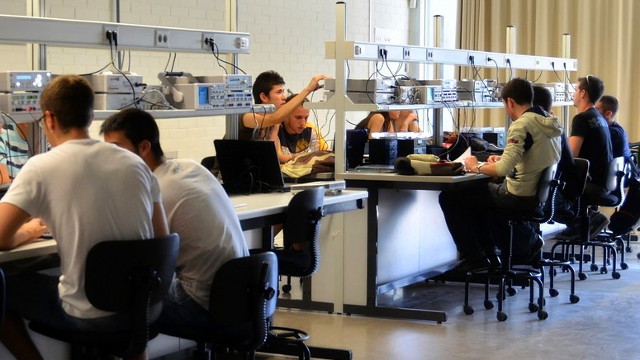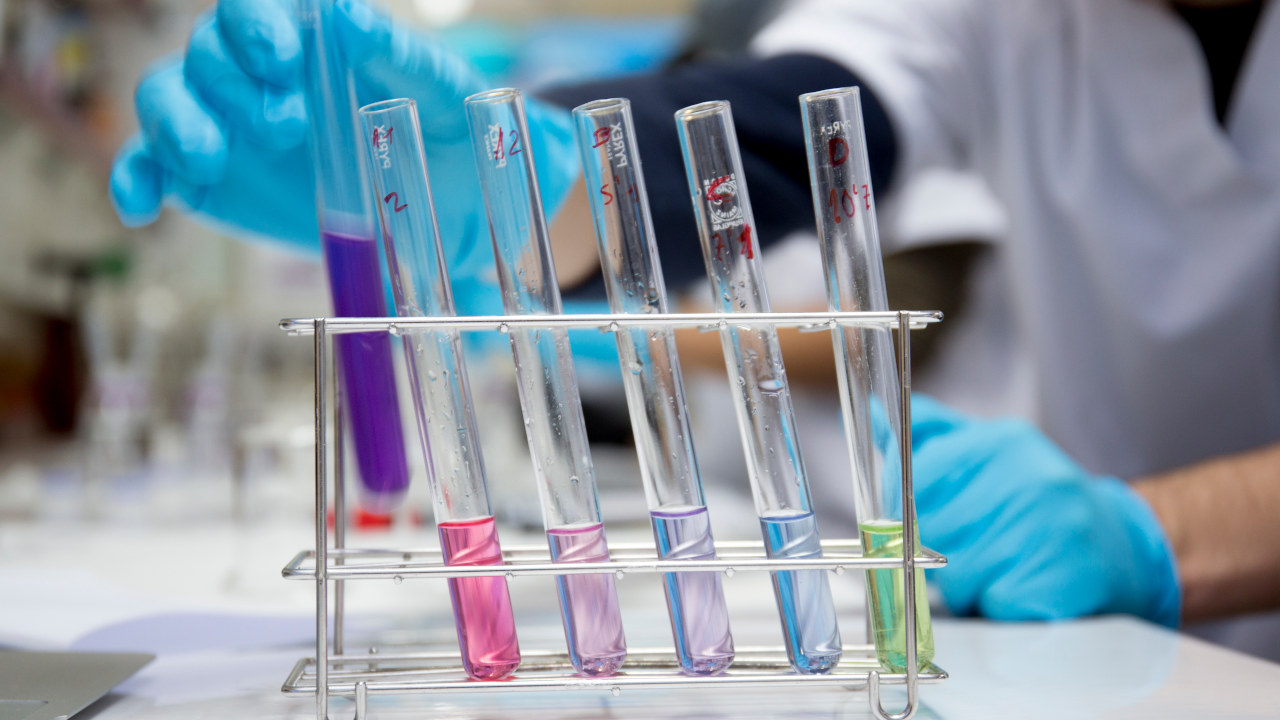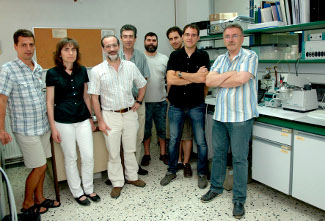From this summer onwards, researchers from the UdL Chemistry Department will participate in a large-scale international project on the environmental effects of synthetic nanoparticles. These are present in daily use products such as sun protection creams, paint or antibacterial additives that can be found, for example, in cleaning products. This is the first time that the relationship between these particles’ physical structure and their potential toxicity is analysed.
UdL is the only Spanish representative in this study, called ENNSATOX. The project is leaded by the University of Leeds and has been granted three million Euros by the European Union. Apart from Spain and the UK, the initiative also includes researchers from Italy, Holland and Belgium. They will all collaborate during three years in the study of the structure, the activity and the toxicology of designed nanoparticles. Their research will initially focus on nanoparticles formed by metallic oxides like zinc oxide or titanium dioxide.
The general aim of this European research project is to evaluate the relationship between these nanoscopic materials - measuring one hundred-thousandth of the thickness of a human hair - and different living organisms, as well as their behaviour in natural waters and their potential risks for health in the long term.
| The general aim of this European research project is to evaluate the relationship between these nanoscopic materials, and different living organisms, as well as their behaviour in natural waters and their potential risks for health in the long term |
The experts in the UdL Physicochemistry group, leaded by lecturers Josep Galceran and Jaume Puy, will be in charge of analysing the experimental characterization of the physical and chemical properties of these nanoscopic particles. Applying the information obtained to a mathematical model will allow researchers to predict their behaviour in natural environments. To this aim, UdL researchers have top analytical techniques. The Physicochemistry group has developed the AGNES technique, which is capable of measuring the concentration of zinc ions released by nanoparticles in amounts as small as a ten-millionth gram per litre. Other equipment includes a system of laser light dispersion to detect particles that measure a few nanometres.




